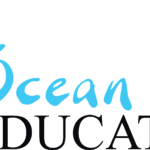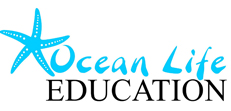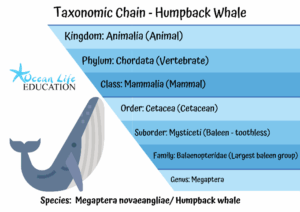
Every year, mainly between May and October, humpback whales migrate along Australia’s East Coast, providing a real-world example for studying classification in the science classroom. These iconic gentle giants really capture students’ imagination and offer the perfect living opportunity to teach key biological concepts like grouping living things, external features, adaptation, and habitats. In this blog, we look at how to use humpback whales to support curriculum-aligned learning for primary students, with a focus on humpback whale classification, adaptations, and marine ecosystems and habitats.
Check out our educational programs that support this curriculum learning.
Link to classification resources here.
🐋 Why Teaching Classification Through Humpback Whales Engages Students
Whales are classified in the order of cetaceans (the same as dolphins and porpoises). Cetaceans are mammals that are adapted to life in the ocean.
Classification helps students understand how scientists can group living things based on their shared or common features. Using an iconic Australian cetacean species like humpback whales connects learning to real life and encourages environmental awareness.
A Real-Life Example on our Doorstep
The East Coast of Australia, especially between Hervey Bay, Sydney, and Byron Bay, is one of the best places in the world to observe humpback whales from the shore. Their visible behaviours and impressive size make them an exciting and accessible teaching focus. Students can even do an excursion to the shore to watch the spectacle for themselves as well as learning about humpback whale classification in the classroom.
Find out where to spot humpback whales off East Coast Australia
🧠 Key Humpback Whale Classification Concepts to Explore
Kingdom – Animalia
Phylum – Chordata (they have a backbone)
Class – Mammalia (they breathe air, are warm-blooded, and nurse young)
Order – Cetacea (includes whales, dolphins, and porpoises)
Species – Megaptera novaeangliae (humpback whale)
Discuss How Whales Differ from Fish:
Classified as mammals not fish…
🐳 Use lungs and blow-holes to breath, not gills
🐳 Warm blooded
🐳 Give birth to live young
Swimming technique…
Whales use their horizontal tail (called a fluke) to swim up and down, while fish use their vertical tail to swim side to side.
Resources
Click here for FREE classification resources and here for our FREE Humpbacks Worksheet for primary aged students.
🧰 Classroom Activity Ideas
Compare & Contrast
Look at similarities and differences between whales and other marine creatures like fish and sharks.
Whale Fact File
Students research and present humpback whale facts (habitat, size, diet, threats). The most incredible fact wins!
Adaptation Investigation
Explore how fins, blubber, and streamlined bodies help humpbacks survive in their environment.
Lifecycle Poster
Include the migration route, breeding season (in warmer waters like Queensland), and feeding season (in Antarctic waters).
Resources
Click here for FREE classification resources and here for our FREE Humpbacks Worksheet for primary aged students.
🧭 Local Learning Opportunities
Take advantage of the humpback whale migration along the East Coast of Australia. From May to November, students may be able to see whales from shore or on a local eco-tour.
Consider planning:
🐳 A virtual whale-watching tour
🐳 An incursion with Ocean Life Education
🐳 A field trip/ excursion to a local coastal lookout
🌱 Encourage Conservation Conversations
Use this unit as a chance to build environmental awareness. Discuss:
- Plastic pollution and entanglement risks
- The role of marine parks such as the Great Barrier Reef
- Discuss why protecting migratory species like humpback whales matters to us in Australia
Check out our Human Impact Programs
🏁 Final Thoughts
By using the captivating journey of humpback whales along Australia’s East Coast, you can bring science to life in your classroom. It’s an engaging, real-world way to teach classification, adaptations, and environmental stewardship – all while meeting curriculum goals.
About Ocean Life Education 
At Ocean Life Education (OLE), we’re passionate about teaching Australian children about the beauty and richness of our marine environments, as well as the challenges they face. We deliver fun, interactive programs that align with the curriculum, bringing learning to life in classrooms and out in the field. Each session is tailored to suit your needs, with a focus on local themes and issues.
Our programs and marine display events showcase real ocean creatures and offer hands-on experiences designed to spark curiosity and build knowledge about marine life and conservation. We aim to inspire students to care about the ocean and feel empowered to help protect it.
📚 Recommended Resources & Useful Links
Primary Incursions & Excursions
Primary Resources & Activities
Ocean Life Education’s Whale Resources
For more information about what we do, check out Ocean Life Education.
We hoped you enjoyed reading our blog: Teaching Humpback Whale Classification: Resources for Primary Schools
Here’s a link to our other curriculum themed blogs



